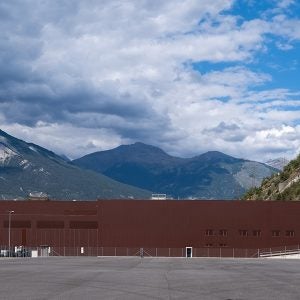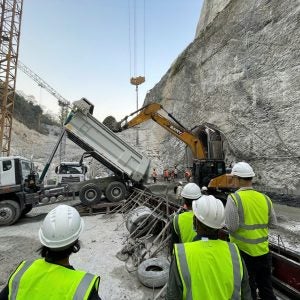The global hydropower market could double its output by 2050, hitting 2000GW capacity, a new report from the World Energy Council states.
Presented at the World Hydropower Congress in Beijing, the report – Charting The Upsurge In Hydropower Development – says this figure may even be reached earlier if governments and multilateral banks give help to emerging economies where hydropower resources are under-utilised and investors work with the sector to bring forward well-prepared projects.
"The future lies in the opening up of new markets through cross-border trade and power pools and devising appropriate market conditions, such as renewable incentives, clearer price signals for additional services and flexible generation," commented Christoph Frei, Secretary General of the World Energy Council. "Whilst some governments and multilateral banks are supporting and encouraging neighbouring nations to co-operate and share the same water resources, more innovative solutions are needed."
Regions with the highest potential for rapid growth have been identified in the report as China, India, Brazil and Southeast Asia. Any new schemes developed will likely be storage hydropower and run-of-river plants.
The Report gives examples of high users of hydropower. These include China, which utilises 41% of its hydropower resources (worth up to 1.3million GWh per year) and India which utilises 21% of its hydropower resources (worth up to 0.5million GWh per year). Russia, which has the world’s largest resource of hydropower energy (worth up to 1.5million GWh per year) only utilises 10% of its resource. Another example of the high potential for the use of hydropower energy is in Indonesia which has the sixth largest hydropower resource in the world (worth up to 0.39 million GWh per year), yet only utilises 3% of its energy resources.
The International Hydropower Association (IHA) worked with WEC to prepare the report. Chief Executive Richard Taylor commented: "The research shows that the hydropower sector is continuing to grow. Large-scale projects will always be a challenge because there are so many authorities and stakeholders involved.
"No projects move forward without the government concerned understanding hydropower. It is their responsibility to create the right conditions to bring forward the best projects," he added. "The spectrum of development models is increasing, and these will vary according to the local expertise and access to markets. If hydropower’s contribution is to double, we need to share the knowledge that will lead to informed decisions that meet today’s sustainability criteria."
To view a full copy of the report, click here.






